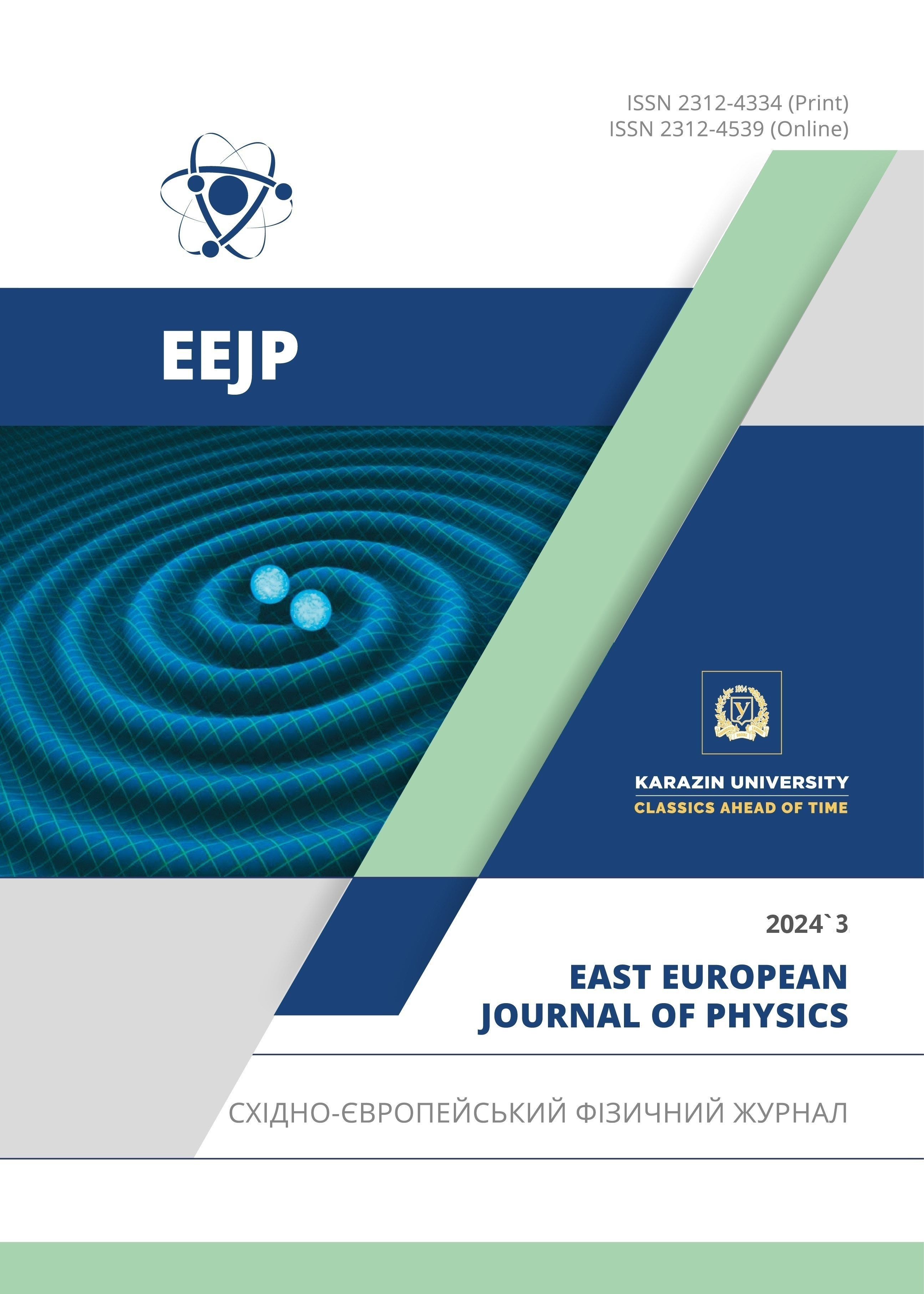Protective Effect of Quercetin on Amyloid-Induced Alterations in Lipid Bilayer Integrity
Abstract
The present study employs molecular dynamics simulations to investigate the interactions between quercetin, amyloid fibrils, and POPC lipid bilayers. The results demonstrate that quercetin does not significantly affect the molecular organization of the bilayer, while IAPP fibrils induce substantial structural changes, particularly in the outer monolayer. Quercetin mitigates these effects by reducing the impact on headgroup and glycerol regions and causing a more superficial positioning of IAPP. Additionally, quercetin slightly decreases the order of sn-2 acyl chains, indicating a disordering effect. In a ternary system with POPC, quercetin, and IAPP, the reduction in the deuterium order parameter of sn-2 acyl chains is less pronounced, underscoring quercetin's protective role. Unlike IAPP, ApoAI and insulin fibrils undergo significant structural reorganization in the membrane-bound state. Quercetin attenuative effects are observed only with ApoAI, highlighting its potential as a protective agent against amyloid-induced membrane disruption. These findings provide valuable insights into the interactions between polyphenols, amyloid fibrils, and lipid membranes, contributing to the understanding of membrane-associated amyloid pathologies.
Downloads
References
D. Li, and C. Liu, Biochemistry, 59, 639 (2020). https://doi.org/10.1021/acs.biochem.9b01069
E. Chatani, K. Yuzu, Y. Ohhashi, and Y. Goto, Int. J. Mol. Sci. 22, 4349 (2021). https://doi.org/10.3390/ijms22094349
I. Shabir, V.K. Pandey, R. Shams, A. Dar, K. Dash, S. Khan, I. Bashir, et al., Front. Nutr. 9, 999752 (2022). https://doi.org/10.3389/fnut.2022.999752
J. Terao, M. Piskula, and Q. Yao, Arch. Biochem. Biophys. 308, 278 (1994). https://doi.org/10.1006/abbi.1994.1039
A. Remigante, S. Spinelli, N. Basile, D. Caruso, G. Falliti, S. Dossena, A. Marino, and R. Morabito, Int. J. Mol. Sci. 23, 7781 (2022). https://doi.org/10.3390/ijms23147781
A. Momchilova, T. Markovska, G. Georgiev, S. Pankov, G. Staneva, D. Petkova, P. Krastev, et al., Biotechnology & Biotechnological Equipment, 35, 943 (2021). https://doi.org/10.1080/13102818.2021.1939785
P. Košinová, K. Berka, M. Wykes, M. Otyepka, and P. Trouillas, J. Phys. Chem. B. 116, 1309 (2012). https://doi.org/10.1021/jp208731g
K. Yu, and C. Lee, Pharmaceutics, 12, 1081 (2020). https://doi.org/10.3390/pharmaceutics12111081
K. Yu, C. Jheng, and C. Lee, Biomed. Pharmacother. 151, 113177 (2022). https://doi.org/10.1016/j.biopha.2022.113177
N. Ulrih, M. Maricic, A. Ota, M. Sentjurc, and V. Abram, Food Res. Internat. 71, 146 (2015). https://doi.org/10.1016/j.foodres.2015.02.029
J. Eid, A. Jraij, H. Greige-Gerges, and L. Monticelli, Biochim. Biophys. Acta Adv. 1, 100018 (2021). https://doi.org/10.1016/j.bbadva.2021.100018
Copyright (c) 2024 Uliana Tarabara, Valeriya Trusova, Galyna Gorbenko

This work is licensed under a Creative Commons Attribution 4.0 International License.
Authors who publish with this journal agree to the following terms:
- Authors retain copyright and grant the journal right of first publication with the work simultaneously licensed under a Creative Commons Attribution License that allows others to share the work with an acknowledgment of the work's authorship and initial publication in this journal.
- Authors are able to enter into separate, additional contractual arrangements for the non-exclusive distribution of the journal's published version of the work (e.g., post it to an institutional repository or publish it in a book), with an acknowledgment of its initial publication in this journal.
- Authors are permitted and encouraged to post their work online (e.g., in institutional repositories or on their website) prior to and during the submission process, as it can lead to productive exchanges, as well as earlier and greater citation of published work (See The Effect of Open Access).








